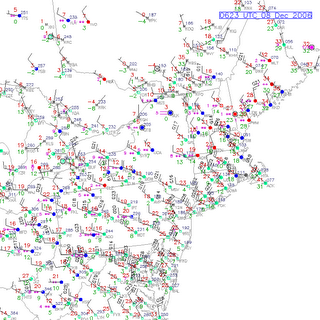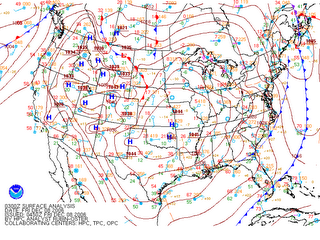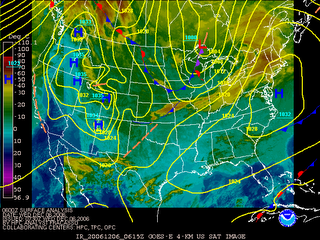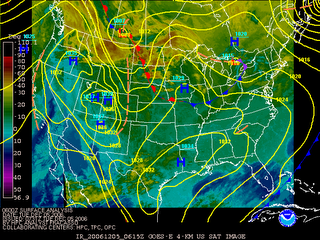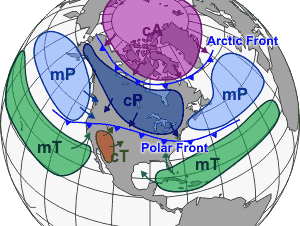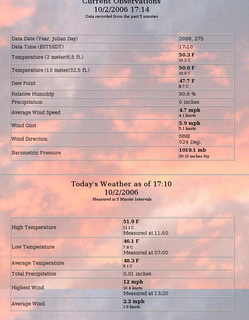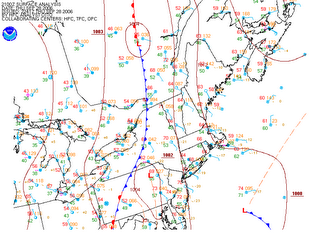ProfWW Rant I

Good blogs, but I have to rant.
It's not your fault that you use these words (you probably hear them all the time on TV weather reports) but I'm starting to lose it everytime I see or hear the words:
"As you can see ..."
I hate this expression. What's worse, it's so ubiquitous that I find myself using it when I describe the weather in a lecture and need to pause and think about what I'm about to say next.
So what is so bad about it?
Not only is it useless filler, it insults the audience:
a) If the audience actually sees what you're talking about, it's patronizing and they say "Of course I can see". b) If they do not see it, they either 1) feel stupid or 2) they might think that you're an idiot doing a really bad job of explaining it (being a Met professor, I tend to fall in the latter category).
So you cannot win by using it.
I swear, any TV meteorologist who uses these words should have their tongue strung up to a cold metal handrail in a snowstorm.
If weathercasters really need to fill up on-air time with useless words, they should try using something more intelligent and less patronizing like "duuuuuuuuh" .....
There, I feel better now.
Otherwise, great blogs, people (well, most of them anyways)!
